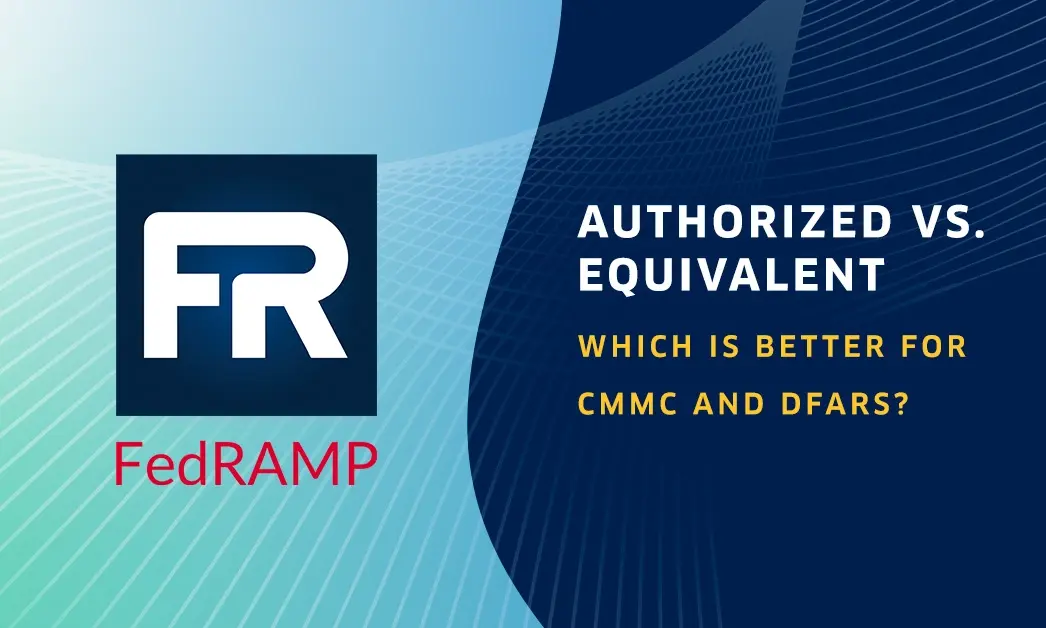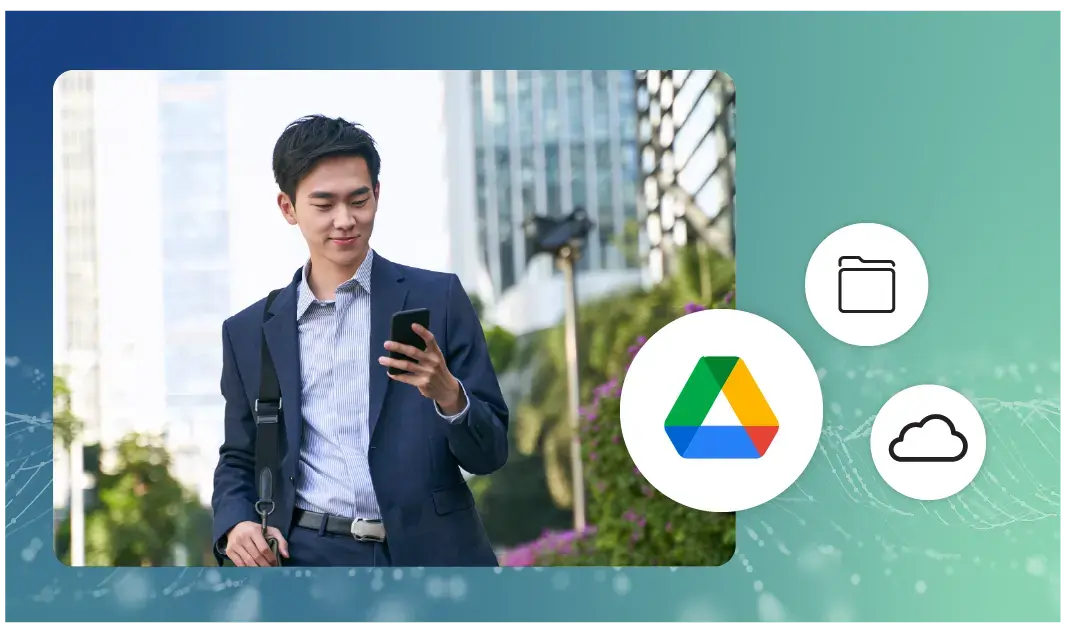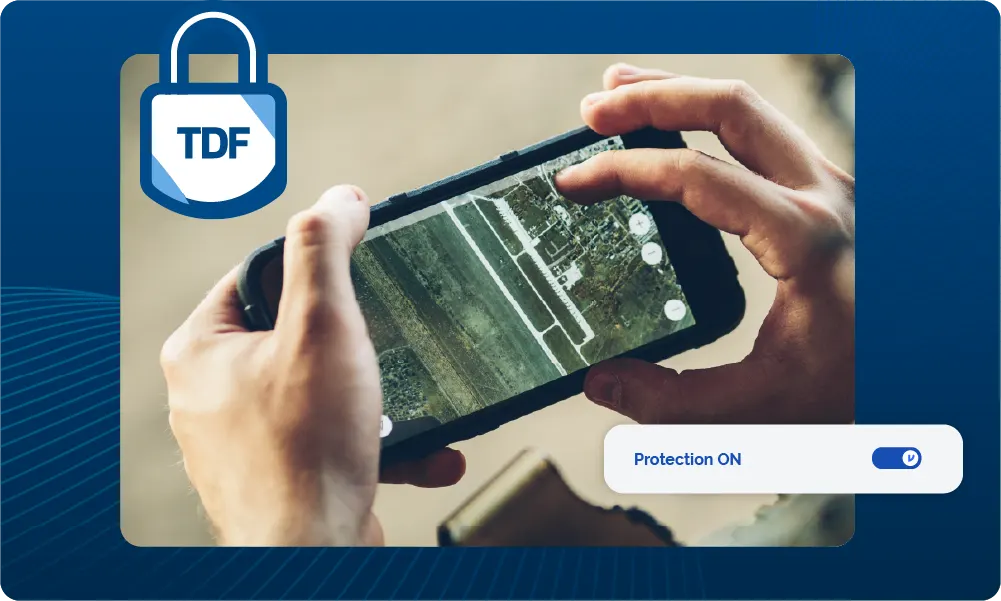What is End-to-End Encryption and Why is it Valuable?

According to Gartner Forecasts, worldwide information security spending will exceed $124 billion in 2019. Money doesn’t lie: security and privacy matter now more than ever. Without strong data privacy and security programs, businesses face significant challenges and risk losing the ability to function, exist or operate. Therefore, it’s imperative in today’s world that organizations’ email, data and intellectual property (IP) are kept secure, private and compliant.
Privacy is the ability to selectively reveal oneself to the world.
-Eric Hughes, A Cypherpunk's Manifesto
In the past, privacy and security have traditionally been separate conversations, but they are converging now thanks to the rise of big data and the increasing frequency of high-profile data breaches. This convergence points to a critical need for a solution that addresses both security and privacy concerns: end-to-end encryption
When implemented effectively encryption helps keep data safe, while still allowing authorized users to access it as needed. However, different types of encryption accomplish different levels of privacy and ease of use, protecting either the data itself or the data platform.
Encryption — How it Works
There are two types of encryption: symmetric and asymmetric.
Symmetric key encryption uses the same key for encryption and decryption. For example, take a password-protected PDF. First, the creator of the PDF uses a passcode to secure the document. Then, authorized recipients use the same passcode to view the PDF in plain text form. Symmetric encryption can be a viable data protection option for its relative efficiency and simplicity, but it may not always be practical, especially for large scale deployments where complexities associated with key management and exchange can pose security risks and deployment challenges.
Asymmetric encryption addresses some of these concerns. Asymmetric encryption uses two mathematically-linked keys: one to encrypt data and one to decrypt it. It’s often referred to as public key encryption because the people who use it make the encryption key public while keeping the decryption key private. A locked mail dropbox is a good analogy – the address where the mail dropbox is located is known to anyone who wants to deliver secure mail (the “public key”), yet only the box’s owner has the key that actually unlocks it (the “private key”) to access the mail.Public-key infrastructure is required to manage these key pairs, along with digital certificates that verify the applications, systems, and users exchanging them to ensure integrity, allowing key management and exchange at scale that doesn’t sacrifice security or usability .[2]
Both of these forms of technology have their challenges, and due-diligence must be given to determine how to use these approaches for your organization. With complex technology and multiple options, it can feel overwhelming to navigate through the encryption solutions market. But if there’s one thing to know about keeping your data secure and private, it’s that end-to-end, data-centric protection is necessary for ultimate security and privacy.
End-to-End Encryption for Powerful Protection
Put simply, end-to-end encryption is designed to protect your data no matter where it goes by encrypting it from one end to the other. Effective use of end-to-end encryption ensures that only two authorized parties—the sender and the recipient—can read the protected data.
It’s Data-Centric
End-to-end encryption is a form of data-centric protection. Data-centric protection ensures that each data object is protected, not just the platform or channel hosting that data.
With data-centric protection, creators and recipients are the only parties able to view the information encrypted. To the malicious intruder’s eye, this information just looks like jumbled ciphertext. The owner of the data creates policies that determine who can access the data, so no matter where the data is shared, it’s still encrypted.
Access control and encryption are the core tenets of data-centric protection. By protecting the data itself, then implementing policies for who can access it, you’re allowing the information to be protected from end to end.
It Supplements Platform-Level Protection
Nowadays, most email providers or data platforms are protected by Transport Level Security (TLS) encryption. This security only protects the data while it’s in transport between users or applications, once at-rest, the data itself is not protected. While TLS is effective, it provides only partial cover: if your data leaves that channel or the channel is breached, your data is exposed. End-to-end encryption solves for that risk by encrypting the data, for defense-in-depth that significantly augments the protection provided by TLS.
It Enables Full Control
End-to-end encryption puts data management in the hands of the data owner. No matter where the data travels, the owner can modify controls after it leaves their organization, revoke access, limit sharing and more. Virtru offers access control, granular visibility, watermarking and more to provide the data-owner complete control.
Virtru takes data protection a step further with multiple key management options that enable easy-to-use email and file encryption that protects data wherever it is shared and eliminates third-party trust concerns. We use a distributed architecture with dual layers of protection to ensure total control over who can access the keys securing your most sensitive data. With Virtru, you’re data can be truly private and secure.
It’s Evolving
Traditionally, end-to-end encryption required extensive work and expertise. Take email encryption, for example. The creator of the email would have to manually give the recipient of the email an encryption key to access the email, which the recipient would need to unlock the email. The process was far from efficient and left too many loose ends, with high risk of lost or mishandled encryption keys that present vulnerabilities, and severe downsides in terms of usability.
With providers like Virtru, end-to-end encryption is efficient and effective. Our solutions integrate directly with email and cloud providers, simplifying encryption and key exchanges without impacting ease of use. Users don’t need encryption keys—they simply need to verify themselves to access the information.
Virtru’s seamless end-to-end encryption solution is an industry favorite and top-choice for encryption experts.
The Right End-to-End Encryption Provider
Virtru’s encryption services provide data-centric protection. It’s simple and painless, integrating directly with your existing applications and providing seamless protection. It’s also easy to adopt, ensuring that the security will be fully implemented throughout your organization.
Virtru offers end-to-end encryption without restricting collaboration and provides users with peace of mind knowing that sensitive data remains private and secure. To learn more about Virtru’s end-to-end encryption and key management solutions and to begin your organization’s journey toward a more secure cloud environment, download our free guide.
Evaluate the right encryption key framework for your organization.
Whether you need to meet regulatory compliance, protect intellectual property, or simply prevent third parties from accessing your content, the key management solution you choose should provide a secure, easy-to-use data protection foundation for your organization.
Download
Editorial Team
The editorial team consists of Virtru brand experts, content editors, and vetted field authorities. We ensure quality, accuracy, and integrity through robust editorial oversight, review, and optimization of content from trusted sources, including use of generative AI tools.
View more posts by Editorial Team









